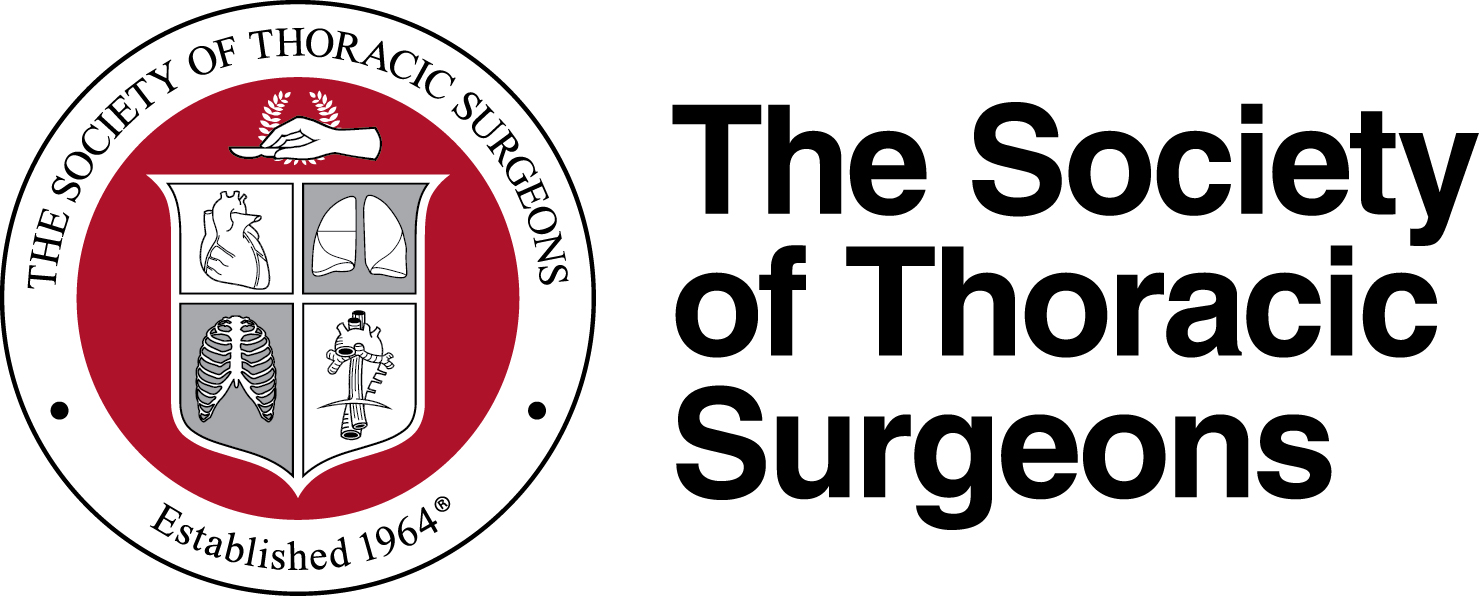Newswise — CHICAGO (March 10, 2022) — Some patients with severe COVID-19 who are treated with extracorporeal membrane oxygenation (ECMO) may experience significant lung recovery and return to normal lives with “meaningful” long-term outcomes, according to research published online today in The Annals of Thoracic Surgery.
“Our work suggests that with appropriately selected patients and aggressive management strategies, the use of ECMO support for severe COVID-19 can result in exceptional early survival, and these patients who leave the hospital without the need for oxygen therapy are very likely to remain alive and well 1 year later,” said Deane E. Smith, MD, from NYU Langone Health in New York City, New York.
Dr. Smith and colleagues identified 415 patients who were admitted to the intensive care unit (ICU) of NYU Langone Health from March 10, 2020, through May 1, 2020, with confirmed COVID-19 infection. Of these patients, 30 (7.2%) received venovenous (VV) ECMO—an advanced life support machine that takes over the function of damaged lungs.
Most of the ICU patients—323 (77.8%)—were intubated for mechanical ventilatory support. However, according to Dr. Smith, the ventilator may damage the lungs further and “create a vicious cycle” for patients with severe lung disease or damage who are intubated. In some cases, VV-ECMO may result in decreased support from the ventilator, minimizing damage to the lungs and allowing them to begin healing. Thus, 80 patients (19.3%) were evaluated for VV-ECMO, with 30 (7.2%) eventually receiving it.
“These patients received ECMO for severe COVID-19 during the height of the pandemic in New York City—at a time when very little was known about the likelihood for success,” said Dr. Smith.
The researchers reported that 28 patients (93.3%) survived VV-ECMO. These patients were hospitalized for a median of 45 days and supported on VV-ECMO for a median of 19 days. Importantly, 27 patients (90%) were discharged home or to acute rehabilitation. No patients left the hospital dependent on a ventilator, and only one patient required supplemental oxygen.
According to Dr. Smith, patient selection was a significant factor that impacted the success of VV ECMO. The selection philosophy was that this was not a “bailout” or salvage therapy to be employed in the absence of other options. Instead, VV-ECMO was offered to patients believed to have a reasonable chance for survival with this support.
“We were struck by the number of young, otherwise healthy patients who were dying from the disease. Because of this, we felt patient selection was very important,” he said.
Dr. Smith further explained that the decision to offer ECMO support also was impacted by the severity of lung disease and potential for survival. “If there was one theme throughout our experience, it was how we would define success. We did not feel that using ECMO to have patients survive simply to go to long-term facilities debilitated and vent-dependent was successful, or not as successful as it could be. In other words, we began with the end in mind. If we were going to offer patients ECMO for severe COVID-19, it was because we believed that we could protect the lungs and allow patients to return to their normal lives at the end of it.”
While patient selection was important, a standardized approach to patient management and protecting the lungs was equally valuable. This included: not deviating from lung protective ventilation strategies, early tracheostomy (an opening surgically created through the neck into the trachea) and frequent bronchoscopy (a procedure to look directly at the airways in the lungs using a thin, lighted tube), treatment of coinfection, and standardization of an anticoagulation regimen (to help prevent blood clots). In addition, to help improve oxygenation, the team frequently positioned patients who were not recovering as quickly as expected on their abdomens, also known as “proning.”
“It’s worth noting that most of these things such as bronchoscopy or tracheostomy were not considered safe in patients with COVID-19 at the start of the pandemic,” said Dr. Smith. “Our team was aggressive with these interventions much earlier than most hospitals.”
Importantly, at a median follow-up of 10.8 months since the patients were treated with VV-ECMO, survival was 86.7%, including one patient who underwent lung transplantation. A 6-minute walk test was performed in 16 patients (59.3%) with a median value of 350 meters, which the researchers called “encouraging.”
“We learned that lung recovery was actually possible. When the pandemic started, that was not clear,” said Dr. Smith.
###
Smith DE, Chang SE, Geraci TC, James L, Kon ZN, Carillo JA, Alimi M, Williams D, Scheinerman JA, Cerfolio RJ, Grossi EA, Moazami N, and Galloway AC. One-Year Outcomes with Venovenous Extracorporeal Membrane Oxygenation Support for Severe COVID-19. DOI: doi.org/10.1016/j.athoracsur.2022.01.003.
Find comprehensive medical information presented for patients by leading experts in cardiothoracic surgery on the STS Patient Website (ctsurgerypatients.org). For a copy of The Annals article, contact Jennifer Bagley at 312-202-5865 or [email protected].
Founded in 1964, The Society of Thoracic Surgeons is a not-for-profit organization representing more than 7,700 cardiothoracic surgeons, researchers, and allied health care professionals worldwide who are dedicated to ensuring the best possible outcomes for surgeries of the heart, lung, and esophagus, as well as other surgical procedures within the chest. The Society’s mission is to advance cardiothoracic surgeons’ delivery of the highest quality patient care through collaboration, education, research, and advocacy.
The Annals of Thoracic Surgery is the official journal of STS and the Southern Thoracic Surgical Association. It has an impact factor of 4.33.

